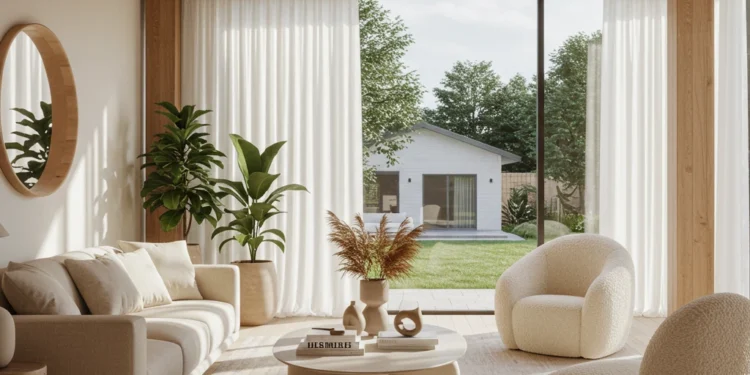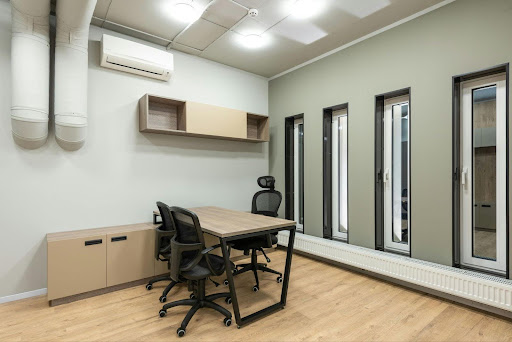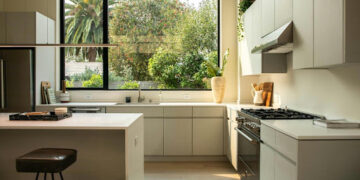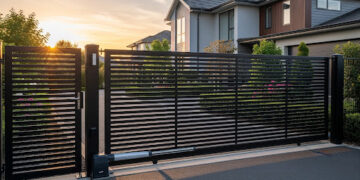Living spaces are no longer static or limited to four walls. As lifestyles evolve, so too does the way homes are designed and experienced. Today’s homeowners expect more than shelter; they want spaces that reflect their values, adapt to their routines, and support long-term well-being. This shift has placed modern architects at the center of transformation, guiding the way toward homes that embrace technology, sustainability, and livability. From compact urban dwellings to expansive retreats, modern architecture has become the lens through which design meets the demands of modern life. The result is not only stylish but also highly functional modern architecture homes that blend innovation with timeless appeal.
The Role of Modern Architects in Today’s World
The role of architects has expanded far beyond designing visually pleasing buildings. In a world facing climate change, urban density, and shifting household dynamics, they are now problem-solvers and visionaries. Modern architects look beyond aesthetics, focusing on flexible layouts, efficient energy use, and environments that promote health. Increasingly, clients are seeking high-end residential architects who merge sustainability with luxury, showing that innovation and elegance can coexist. Their work demonstrates how different types of architecture can respond to cultural and environmental challenges while still providing beauty. In this way, the field of architecture has become both a creative art and a vital tool for improving the quality of life.
Redefining Space and Functionality
Open, Flexible Interiors
One of the hallmarks of today’s homes is flexibility. Open interiors allow spaces to adapt easily, whether for remote work, family gatherings, or quiet retreats. Modern house architects often design with modular furniture, sliding partitions, and multipurpose rooms to accommodate diverse needs. These approaches not only make the most of available square footage but also give residents the freedom to shape their environments over time. A modern house today is not static—it evolves with the people who live in it.
Blurring Indoor and Outdoor Living
Another defining feature of modern architecture homes is the seamless connection between interior and exterior spaces. Large terraces, sliding glass doors, and floor-to-ceiling windows create a continuous flow, allowing residents to feel more connected to nature. Outdoor kitchens, garden courtyards, and natural ventilation make homes healthier and more enjoyable. By erasing boundaries, architecture creates living environments that feel expansive while staying energy-efficient and sustainable.
Innovation Through Materials and Technology
Technology and materials are driving design forward at a rapid pace. Smart home systems allow residents to control lighting, temperature, and security with a touch or voice command. Energy-efficient construction, from triple-pane windows to advanced insulation, reduces environmental impact while lowering utility costs. Architects are also embracing prefabrication and 3D printing, expanding what’s possible in design and reducing construction waste. Materials like engineered wood, steel, and glass give modern architecture its signature flexibility, enabling bold shapes and forms. These advancements represent the next stage in how diverse types of architecture can serve both function and imagination.
Sustainable Living as a Core Principle
Sustainability is no longer an option—it is a necessity in design. Homeowners increasingly expect eco-friendly solutions, and modern architects are responding with creativity. Green roofs, solar panels, rainwater collection, and net-zero energy designs are common features in modern architecture homes. These choices reduce a home’s environmental footprint while enhancing comfort and resilience. By integrating sustainability into every stage of planning and construction, architects ensure their designs remain relevant in a future where environmental responsibility is central to decision-making.
Why Modern Architects Shape the Future of Living
The impact of architects extends beyond single homes. Their designs influence neighborhoods, communities, and even cultural identities. From revitalizing cities with green housing projects to creating personalized retreats, modern architects are shaping the way people live on a global scale. They balance tradition with innovation, drawing inspiration from pioneers like mid-century modern architects while pushing boundaries with today’s technology. Their work proves that design is not just about aesthetics—it is about shaping experiences, lifestyles, and entire communities for the future.
Conclusion
The future of living is already here, and modern house architects are leading the charge. By combining modern architecture with innovation, sustainability, and human-centered design, they are creating homes that adapt to life’s complexities while offering beauty and comfort. As expectations for housing continue to rise, their vision ensures that the homes of tomorrow remain inspiring, functional, and sustainable.












